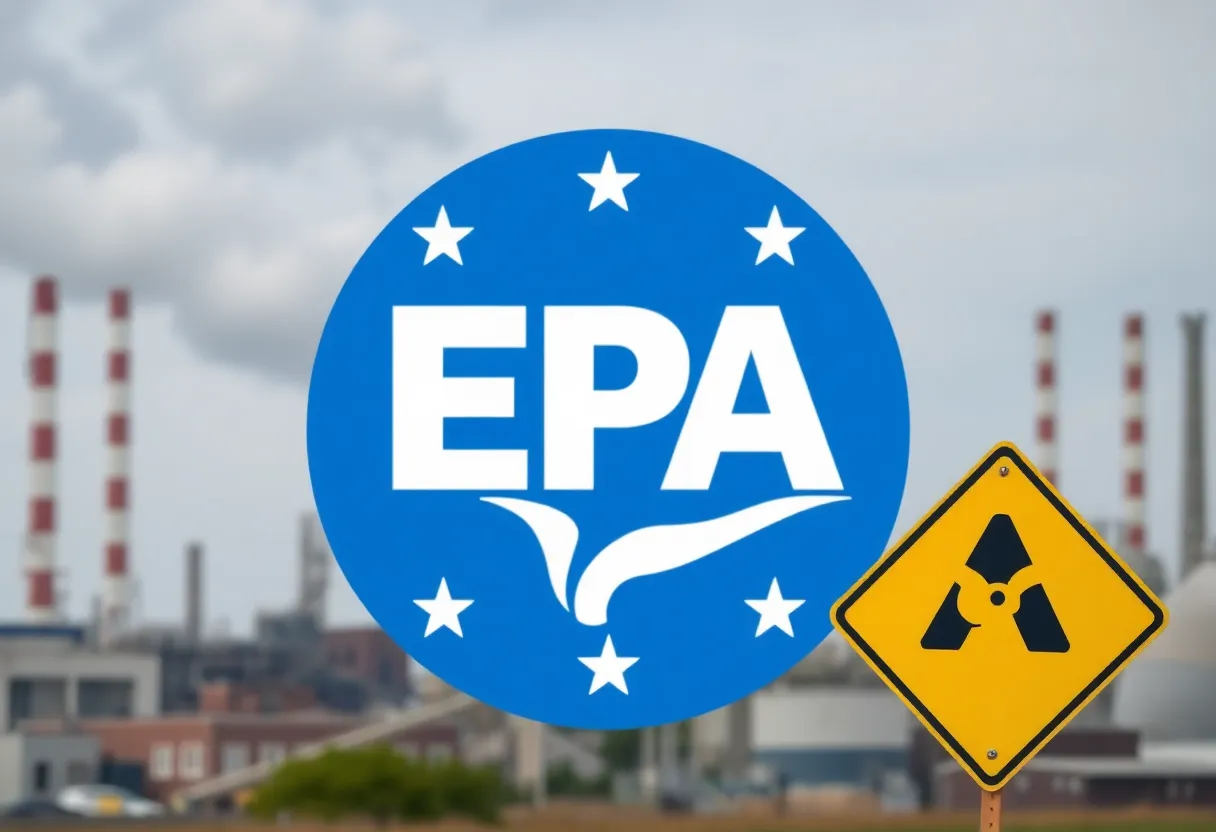News Summary
The U.S. EPA has announced a ban on chrysotile asbestos, marking a significant step for public health and chemical safety regulation.
Historic Ban on Asbestos Use Announced by EPA
In a ground-breaking move reflecting a significant shift in chemical safety regulation, the U.S. Environmental Protection Agency (EPA) has announced a ban on ongoing uses of asbestos, a notorious cancer-causing material. This development comes decades after most developed nations initiated measures to phase out this hazardous substance. The newly implemented ban specifically targets chrysotile asbestos, the sole type currently being imported or utilized in the United States.
Chrysotile Asbestos: The Most Common Offender
Chrysotile asbestos, often referred to as “white asbestos”, is the most prevalent form of asbestos globally. It is utilized across a variety of products, including crucial components like auto parts (brakes, linings, gaskets) and is prevalent in some chemical production processes. The link between asbestos exposure and significant health risks is alarming; it is associated with over 40,000 deaths annually in the U.S. alone, primarily due to diseases such as lung cancer, mesothelioma, ovarian cancer, and laryngeal cancer.
A Long Time Coming
Despite its well-documented dangers, asbestos has remained legal in various forms and uses within the U.S., even as more than 50 countries around the world have instituted bans on the substance. The EPA’s latest announcement is noted as a “historic” victory for public health, especially in light of the scientific consensus that recognizes asbestos as a known carcinogen with devastating implications for public safety. The agency’s decision follows nearly three decades of insufficient protections against this deadly material.
Industry Response and Transition Periods
As part of the transition away from asbestos, different industries have been assigned varying deadlines. The automotive sector is required to comply within just six months, while the chlor-alkali industry will have at least five years to adapt and discover alternative methods for chlorine production. Some voices within the chemical industry have suggested a 15-year transition to mitigate potential disruptions in chlorine and sodium hydroxide supplies, reflecting the challenges of phasing out such a widely used material.
Enhanced Workplace Safety Measures
As the EPA navigates this transition, it has promised to implement strict workplace safety measures to ensure protection for workers who may still be at risk during any extended phaseout period exceeding two years. The labor union AFL-CIO has hailed this ban as a landmark achievement for worker protection, emphasizing that it is a crucial step; however, it also calls for further action to address the prevalent legacy of asbestos found in older structures.
The True Scope of Asbestos
While the new regulations represent progress, critics have pointed out that the focus remains solely on chrysotile asbestos, leaving other hazardous forms unaddressed. There are fears that industries could resort to using unregulated forms of asbestos, which are believed to pose even greater health risks. Historical attempts to ban asbestos in the U.S. date back to the late 1980s but face numerous legal challenges, allowing many uses to persist.
Political and Historical Context
The regulatory landscape around asbestos has hovered between reluctance and resistance, particularly during periods such as the presidency of Donald Trump, when initiatives aimed at improving asbestos legislation stagnated. The political climate characterized by a historical preference for industry interests over public health regulations has heavily influenced the protracted timeline of asbestos regulation in the U.S.
Looking Ahead
The announcement of the ban coincides with recent modifications to the Toxic Substances Control Act (TSCA), reinstating some measure of authority for the EPA that had diminished due to previous court decisions. As societal awareness of asbestos hazards has evolved—from early observations in 1898 to substantial scientific acknowledgment throughout the 20th century—advocacy for stronger regulations has gained momentum. Personal testimonies from individuals impacted by asbestos-related illnesses underscore the urgent need for enhanced protective measures.
As the nation looks toward a safer future, the EPA’s ban on chrysotile asbestos certainly marks a significant milestone—but the journey towards comprehensive asbestos safety and regulation is far from over.
Deeper Dive: News & Info About This Topic
HERE Resources
Fairmont State University Faces Asbestos Lawsuit Amid Health Concerns
Historic Asbestos Ban: A Turning Point in Public Health
California Wildfires Ignite Hazardous Cleanup Challenges
Wildfires Ravage Los Angeles: The Hidden Danger of Asbestos Exposure
Retired Radio Engineer’s Asbestos Death Highlights Risks
Inquest Launched Following the Death of Former Factory Worker Linked to Asbestos Exposure
Great-Grandfather from Swindon Dies from Asbestos-Related Disease
EE Kilburn Store Closure Due to Asbestos Discovery
Asbestos Awareness Takes Center Stage in Parliament
Man Fined Over £20,000 for Illegally Disposing of Asbestos Waste



















